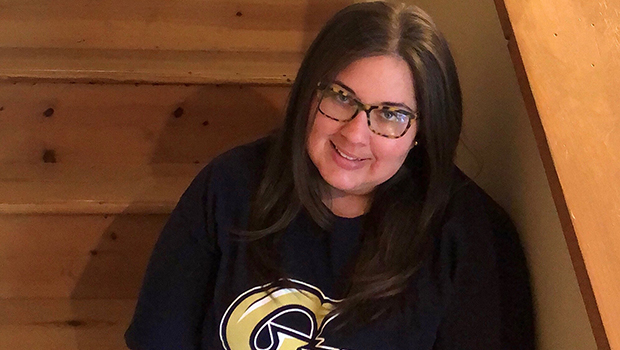When school counselors, social workers, psychologists, speech-language pathologists, occupational therapists, physical therapists, and special education teachers working in our schools have too many children on their caseloads, those children miss out on receiving the supports they need to grow and thrive.
In the most recent episode of CEA’s podcast, Two T’s in a Pod, CEA President Kate Dias and Vice President Joslyn DeLancey talk with speech-language pathologist and Darien Education Association Vice President Kate Curcio [pictured at right] about how high case loads negatively effect students.
“The number of students on your caseload impacts how you do your job and how you provide services to your students,” Curcio says.
The number of hours per week that a student meets with Curcio or another service provider is determined by what is set in their individualized education program (IEP) and is different for every student. Beyond the face to face time with students, service providers spend many more hours writing evaluating students and writing reports, contacting parents, preparing for sessions, writing IEPs and planning for IEPs.
“A big part of my every day work is my caseload, but a big part of my everyday work is also my workload,” Curcio says.
In too many districts, service providers have more students on their case loads than they have time to prepare for and engage with—and the students are the ones who lose out when that happens.
Listen to the full podcast episode below, or wherever you get your podcasts, to find out more.







